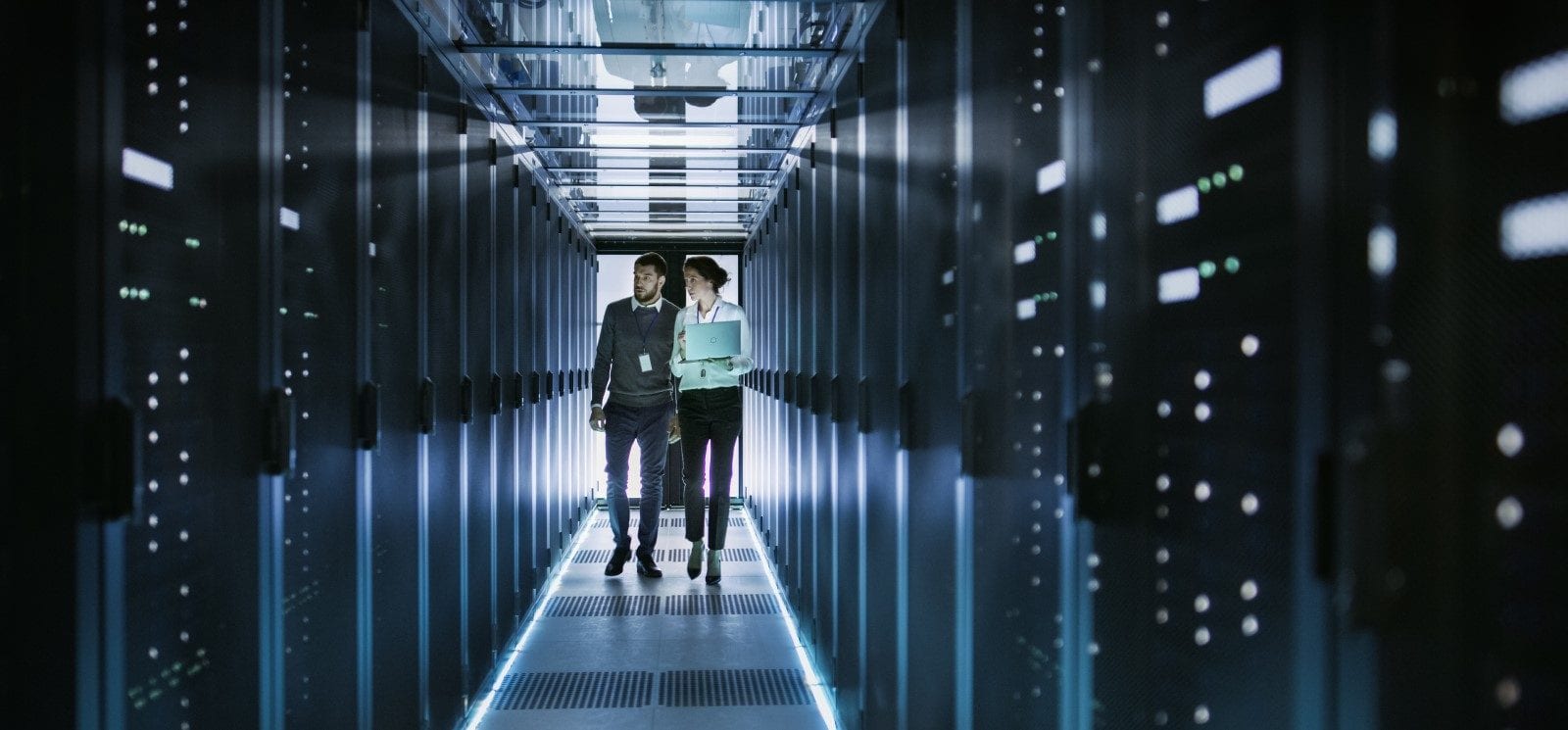So you have a mainframe system still humming along in the basement. It handles data and processes critical to your business and is probably a “tank” that just plows along without a hiccup. But, in the back of your mind, you know it can’t run forever. Something will happen, eventually.
You also know that your enterprise is restricted by the limits of your mainframe. You know you’re gambling, never knowing when it will crash or the limits become untenable – but you are desperately hoping it’s after you have moved on.
Why is that tank still in the basement? Because it works. But, so did stagecoaches. It’s time to consider retiring that old faithful workhorse. But how?
On the surface, it’s a simple recipe: plan, test, verify, and transition. But deep down there’s a fear. A fear of disrupting all the critical activities that trusty old mainframe does for you. A fear of missing something you don’t even realize it’s doing.
But fears can be overcome if addressed head on. Let’s talk about how you can conquer your fears, protect your business, modernize your organization, and free your data.
Why do anything?
As mentioned earlier, eventually your mainframe will give out or it will be unable to meet your enterprise needs. That tragic demise aside, there are several other reasons to take action now.
First, today, each of us is as young as we’ll ever be. The people supporting your mainframe are a finite resource. The ranks of these experts are already woefully thin and shrinking every day. Career advancement, technology focus shifts, and retirement all take their toll, like waves eroding a sandcastle.
Next, the rest of your technology ecosystem has matured, quite often compromising and adapting to accommodate your mainframe. This continued dependence on your mainframe is already causing impedance to the modernization of your business. Leveraging the full capabilities of 21st-century technology is not possible while still tethered to your mainframe. Such things as Cloud, 360 views, and data hubs are difficult and costly, if not impossible.
Finally, while mainframes were a wonder of capabilities in their day, they were limited in processing and storage. To address these limits, data was manipulated in “creative” ways, maximizing storage to the detriment of flexibility. Information is compacted and segmented within the system. The only way to access your data is through the now antiquated access methods supported by your mainframe. Much like watching building construction through a knothole in a fence, your visibility and access are limited. Your view of your data is segmented by the peephole view of the mainframe ‒ you’re not seeing the whole picture.
How do you tear down that fence and free your data?
As I noted above, it’s a simple recipe: plan, test, verify, and transition. But like baking a cake, just because the recipe is simple, it doesn’t mean the results are guaranteed.
However, there is good news. As technology modernizes, this transformation becomes much easier with far less risk.
If you haven’t yet made the transition (I assume you haven’t because you’re reading this), you have the potential to leap-frog several generations of technology that are themselves well on their way to becoming obsolete. The tools to assist with migration have matured considerably and eliminate much of the labor-intensive data mapping previously needed to uncompact mainframe data. The professionals that can successfully execute this transition have honed their skills and are proficient at freeing your data quickly and effectively. Modern multi-model databases (MarkLogic) can free your data for use by your business.
Why solve this with MarkLogic?
The answer is simple – we have a unique combination of both the right tools and the right expertise to lead you out of the abyss.
Our consulting team works on data integration efforts every day, with more and more of our customers specifically looking to move off of the mainframe. Because we’ve solved the mainframe migration problem so many times, we have built tools to accelerate this effort. When you partner with our consulting team, you will get our hands-on experience and these tools. Examples of what our tooling can do with minimal configuration include the extraction of VSAM files, conversion of copybook types, and handling the data movement between your source systems and MarkLogic.
So, while the thought of retiring that trusted old friend in the basement is concerning, it’s not paralyzing. Now is the time to take action. The tools and people are available and ready. Are you ready to take that step and free your data?
For more information
- Read about Sony’s mainframe migration
- Learn about the MarkLogic Data Hub Platform

Mike Armagost
Mike is a Senior Director of Consulting at MarkLogic, managing a professional services team that consistently delivers positive outcomes to our customers. He has more than 30 years experience providing enterprise solutions that help organizations find and overcome data and content challenges. Mike joined MarkLogic in 2014; previously he was a Technical Director at Oracle in the National Security Group where he led teams implementing complex database and application systems in secure data environments. Mike holds a Bachelors Degree from Kennedy Western University.
Comments
Topics
- Application Development
- Mobility
- Digital Experience
- Company and Community
- Data Platform
- Secure File Transfer
- Infrastructure Management
Sitefinity Training and Certification Now Available.
Let our experts teach you how to use Sitefinity's best-in-class features to deliver compelling digital experiences.
Learn MoreMore From Progress
Latest Stories
in Your Inbox
Subscribe to get all the news, info and tutorials you need to build better business apps and sites
Progress collects the Personal Information set out in our Privacy Policy and the Supplemental Privacy notice for residents of California and other US States and uses it for the purposes stated in that policy.
You can also ask us not to share your Personal Information to third parties here: Do Not Sell or Share My Info
We see that you have already chosen to receive marketing materials from us. If you wish to change this at any time you may do so by clicking here.
Thank you for your continued interest in Progress. Based on either your previous activity on our websites or our ongoing relationship, we will keep you updated on our products, solutions, services, company news and events. If you decide that you want to be removed from our mailing lists at any time, you can change your contact preferences by clicking here.



